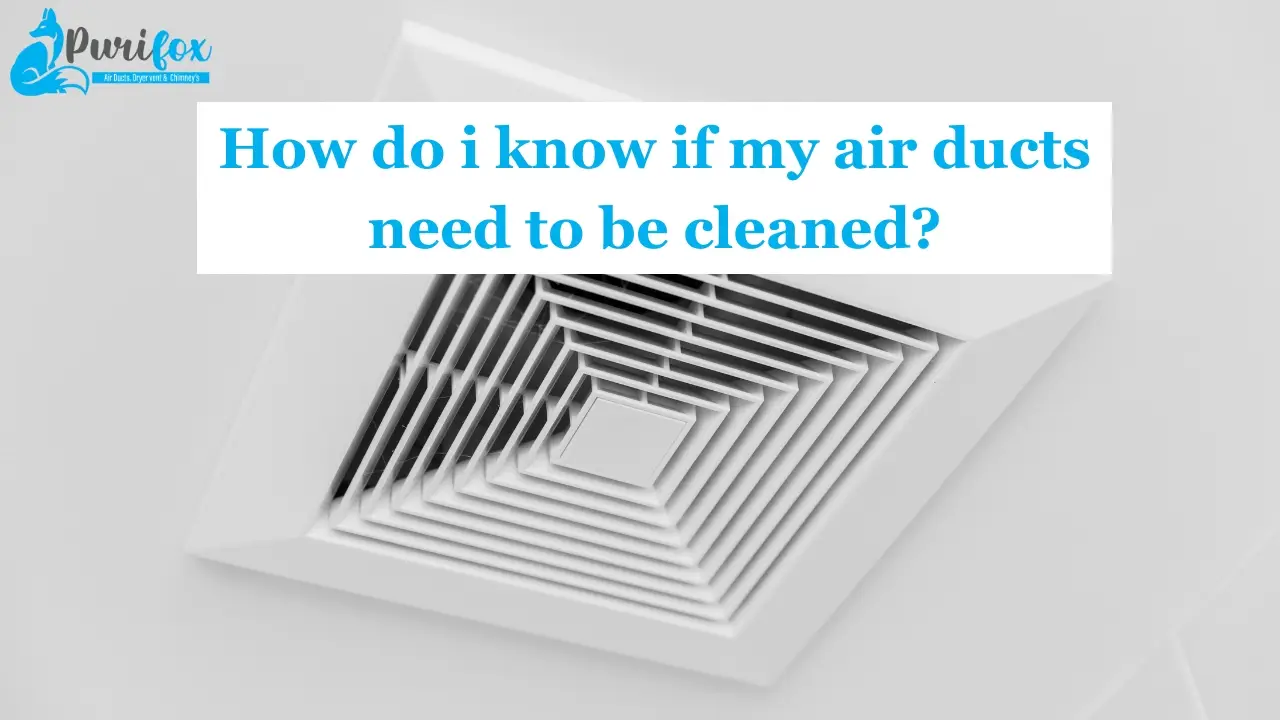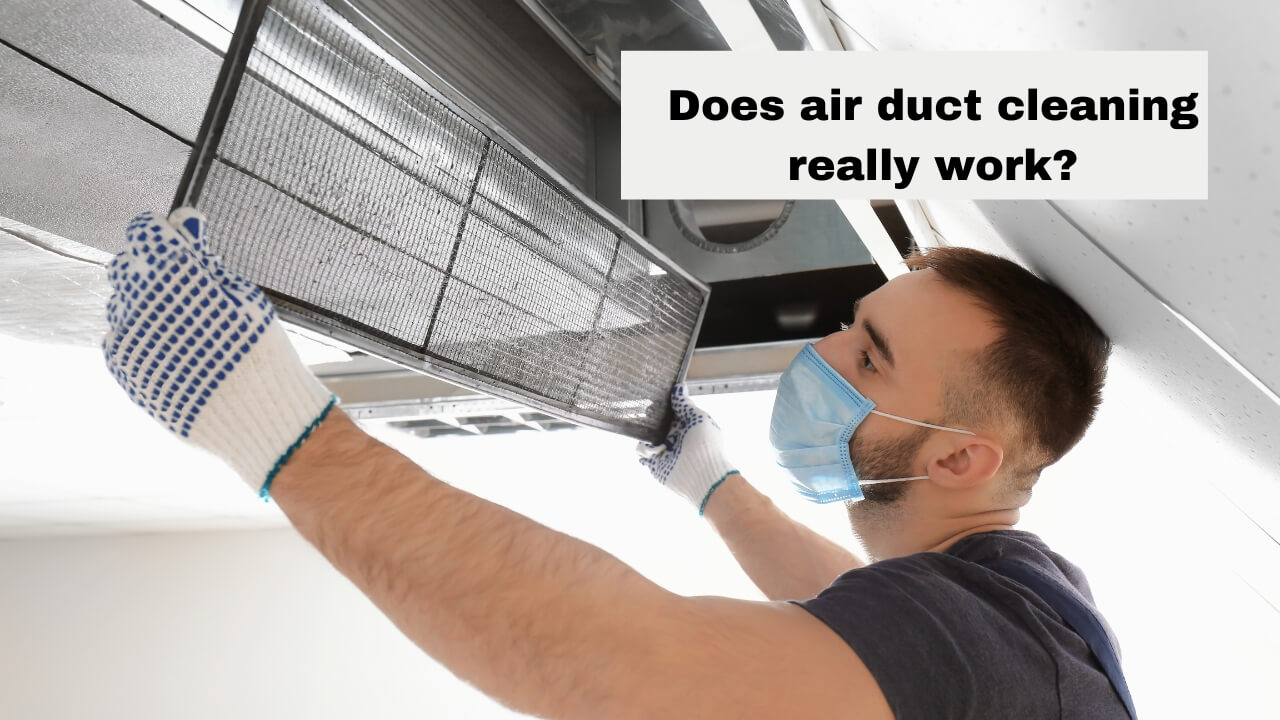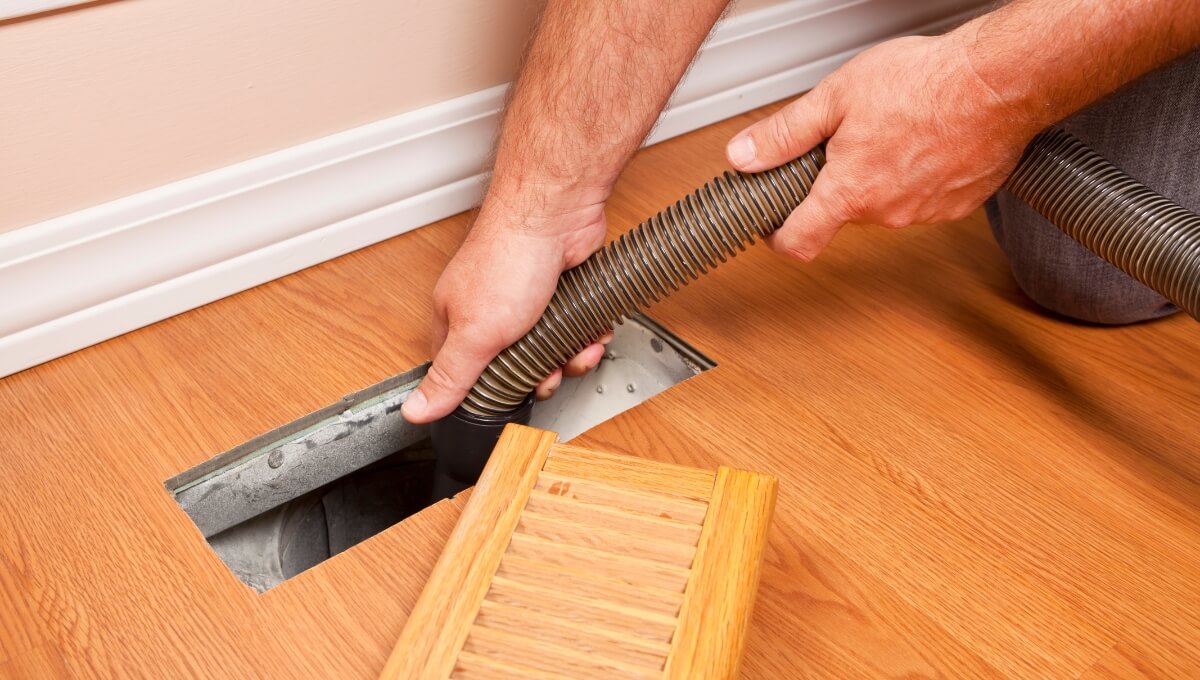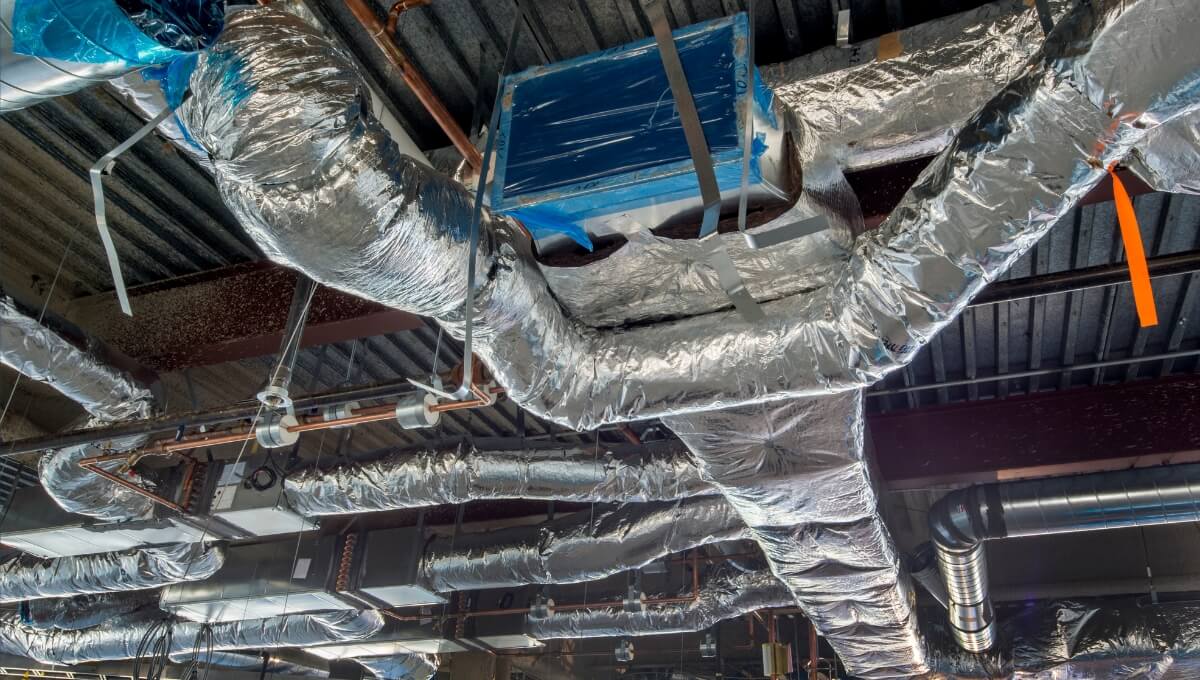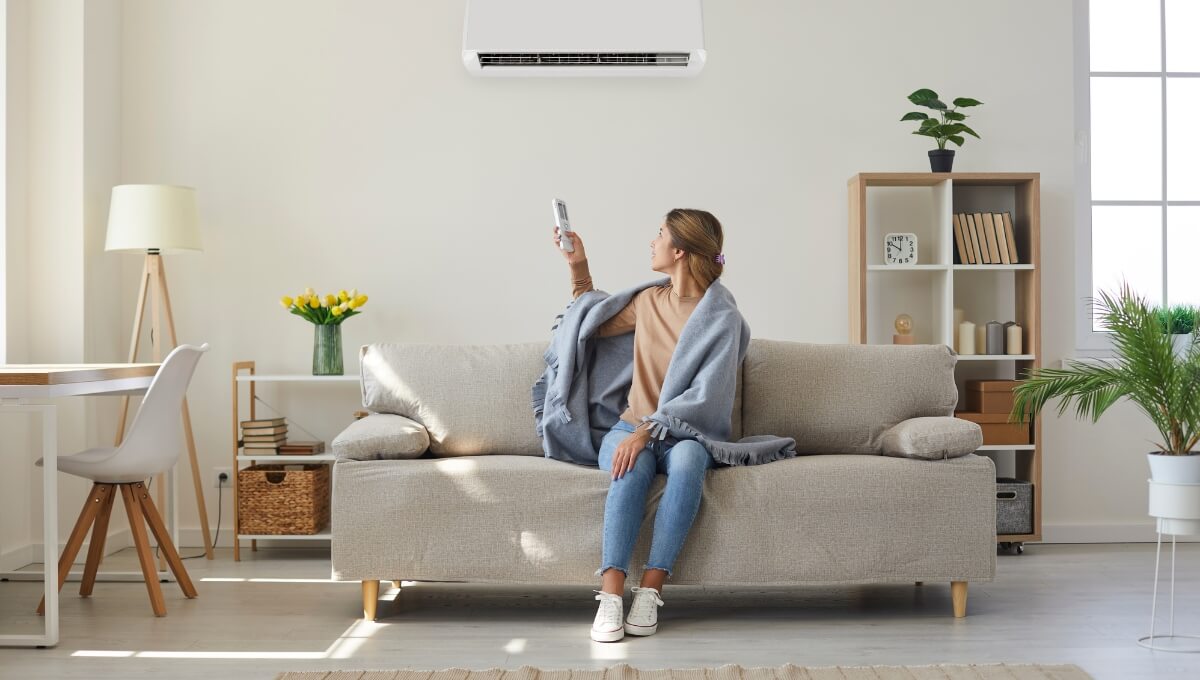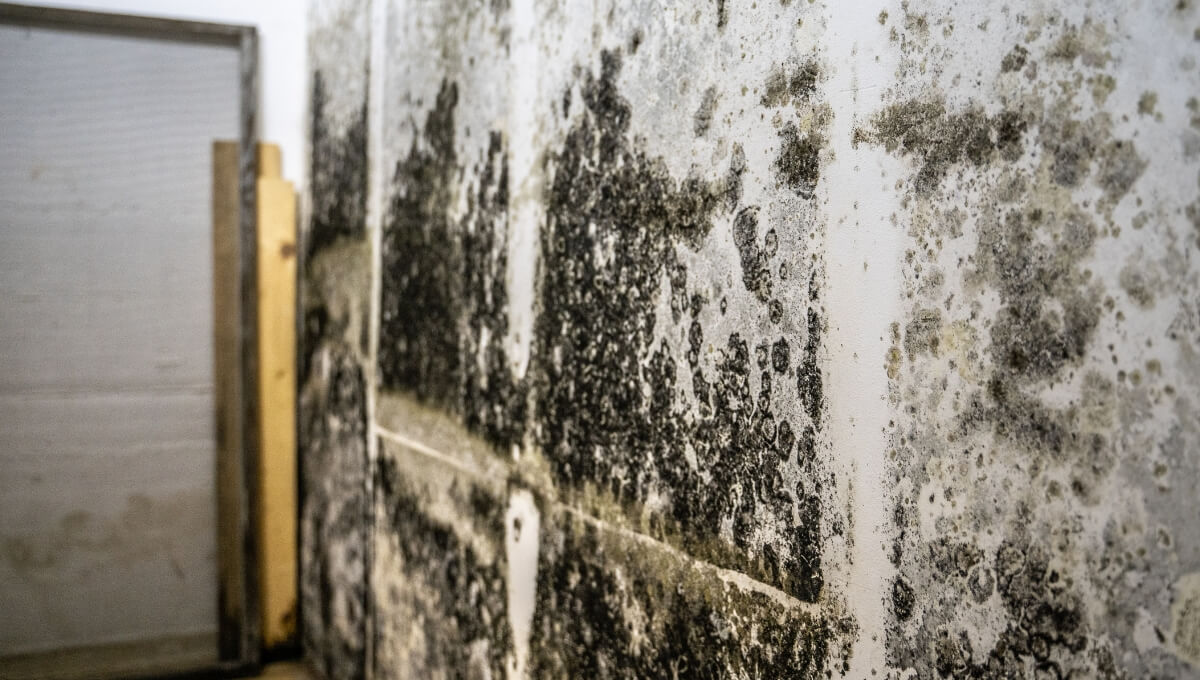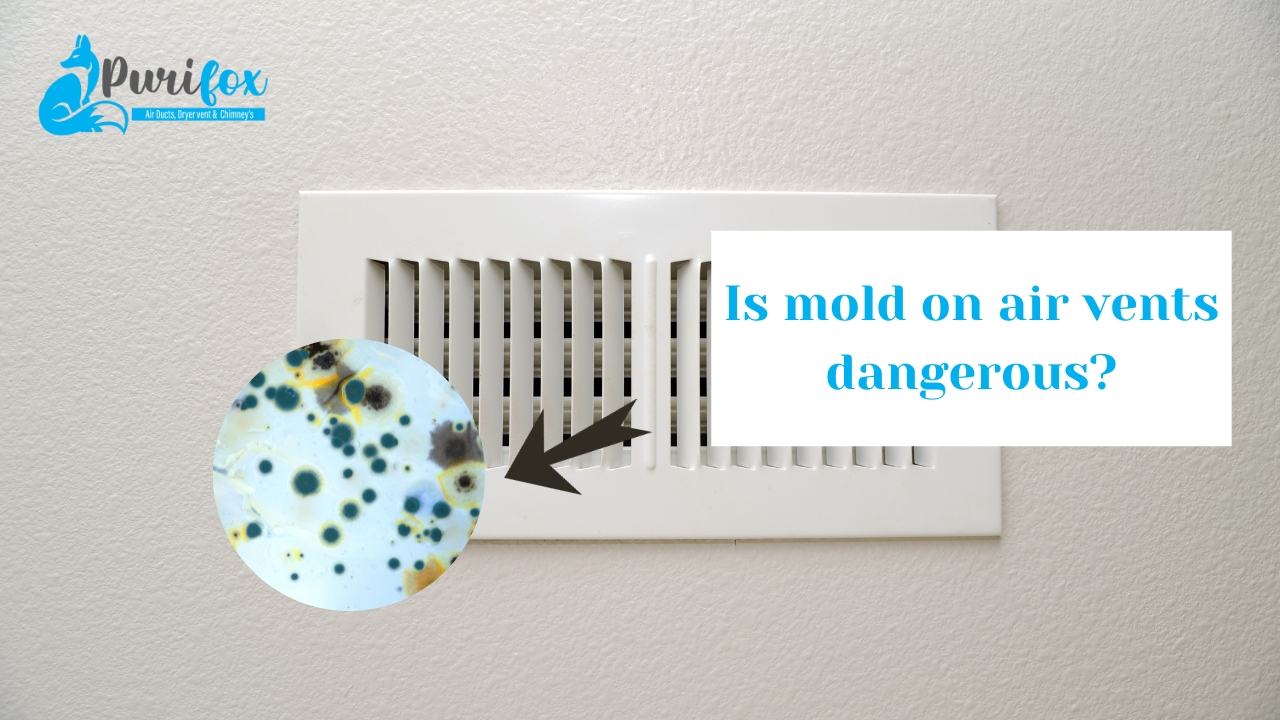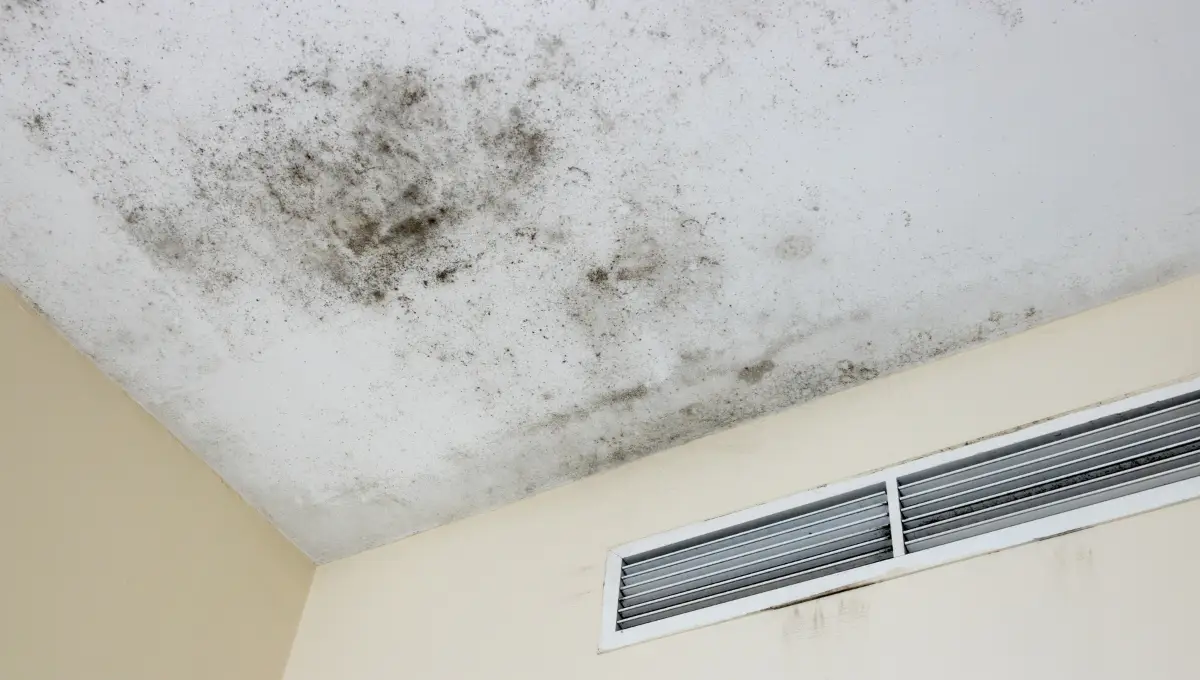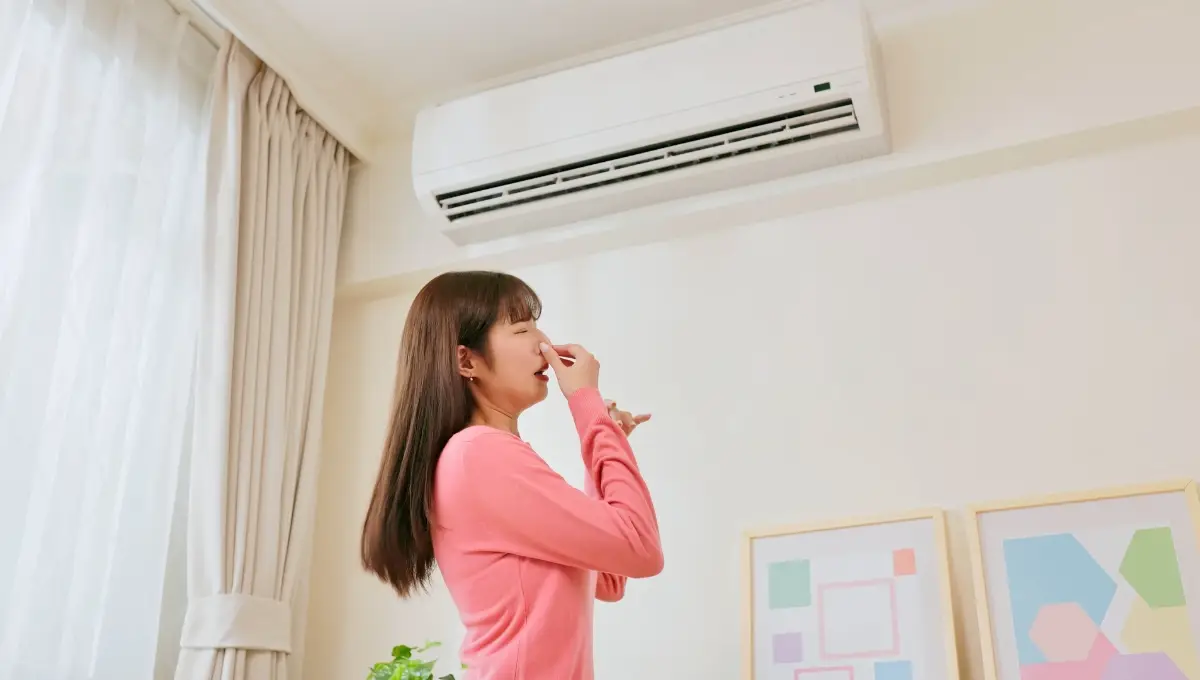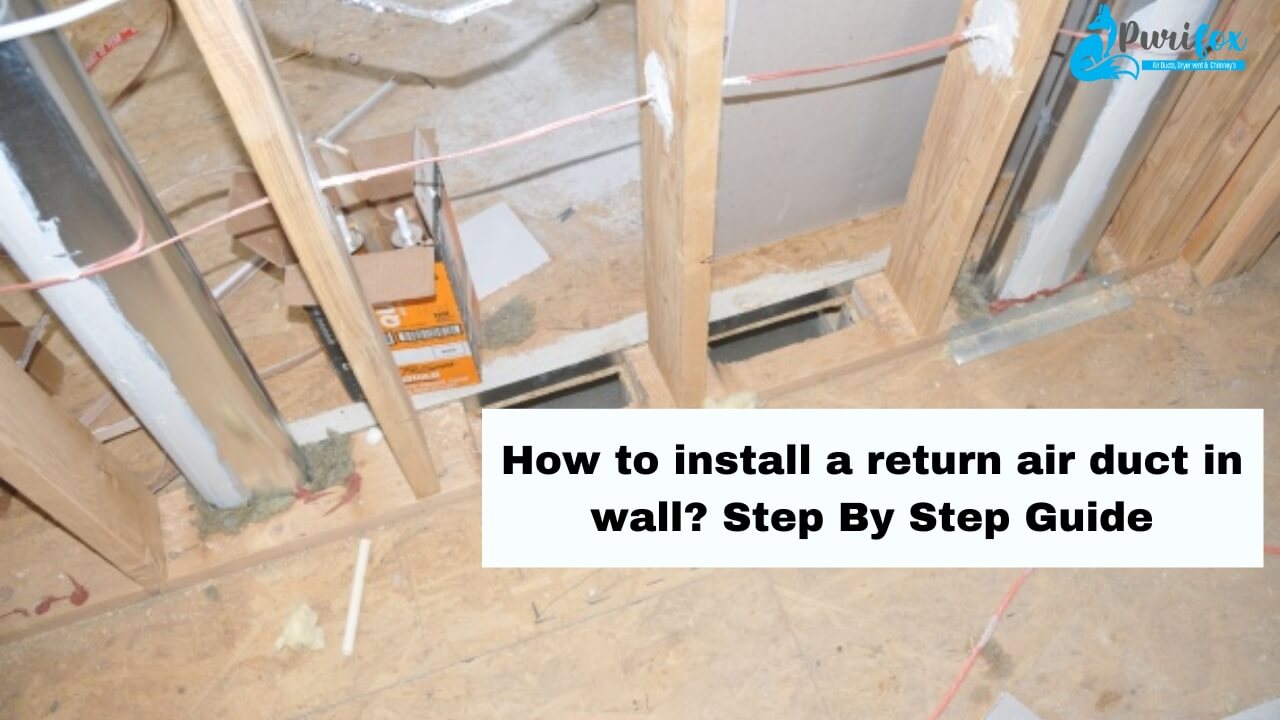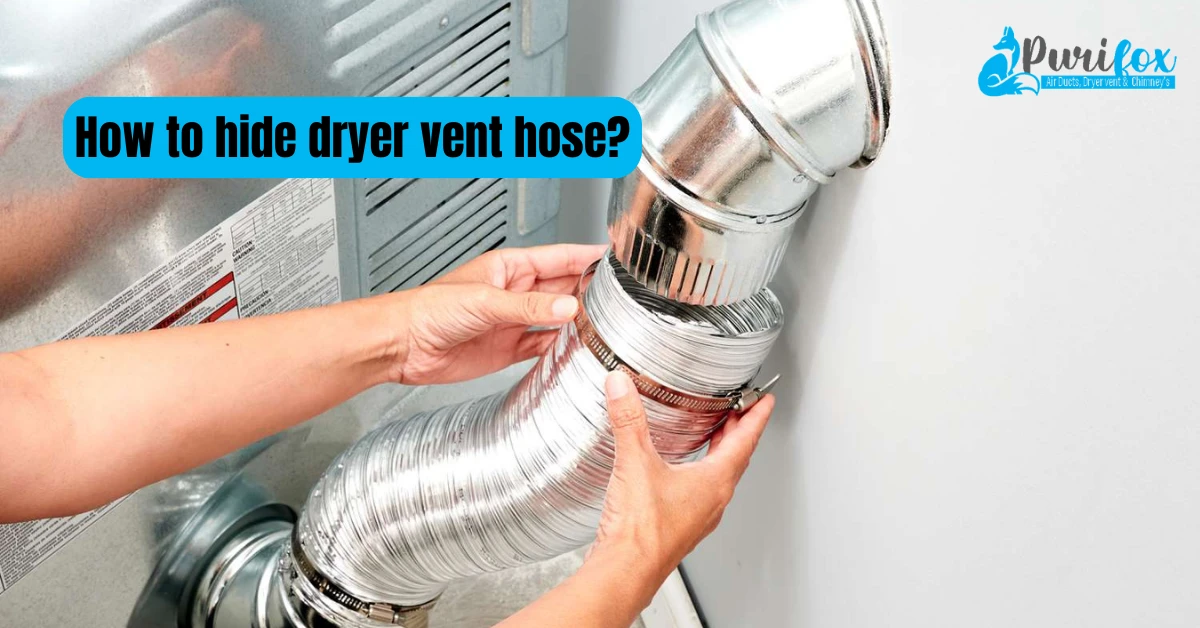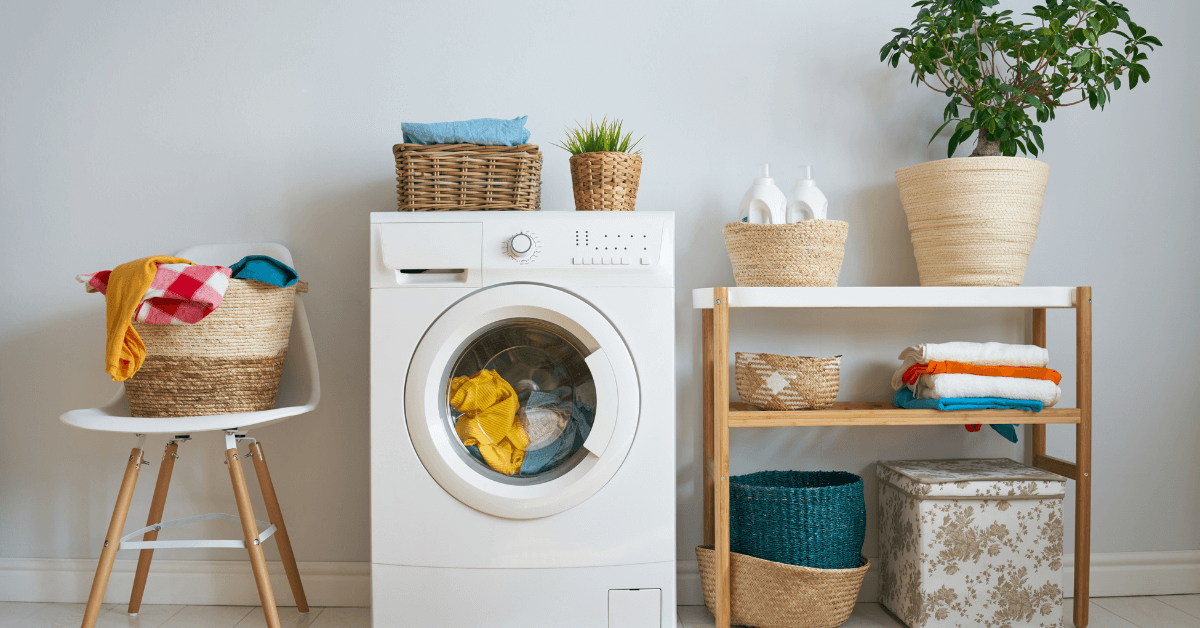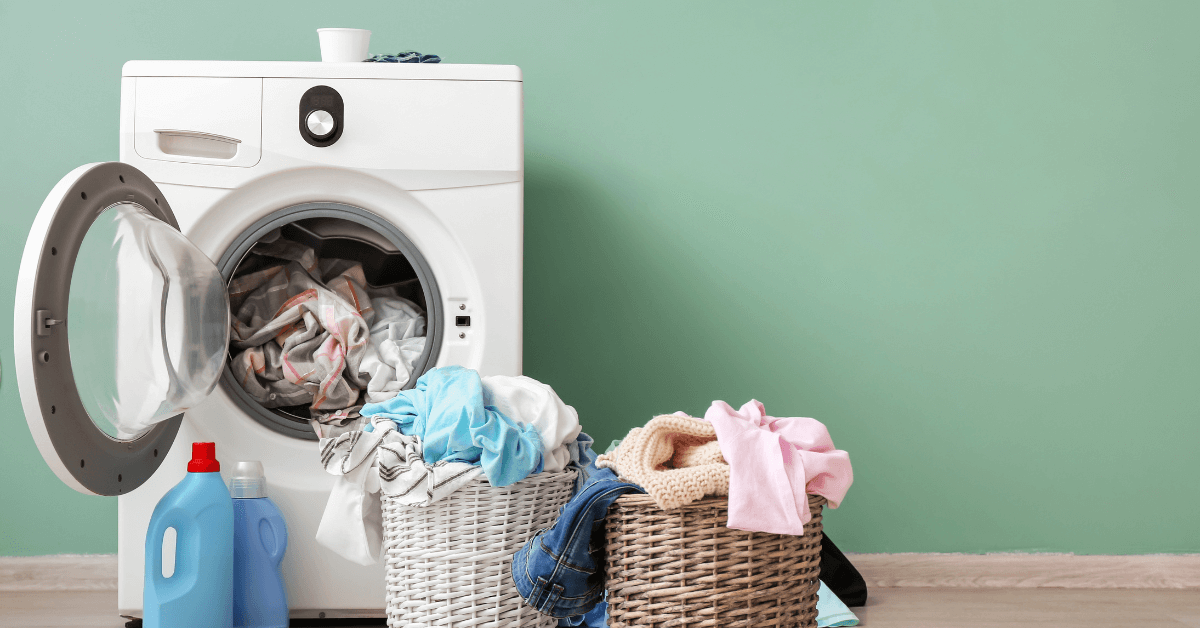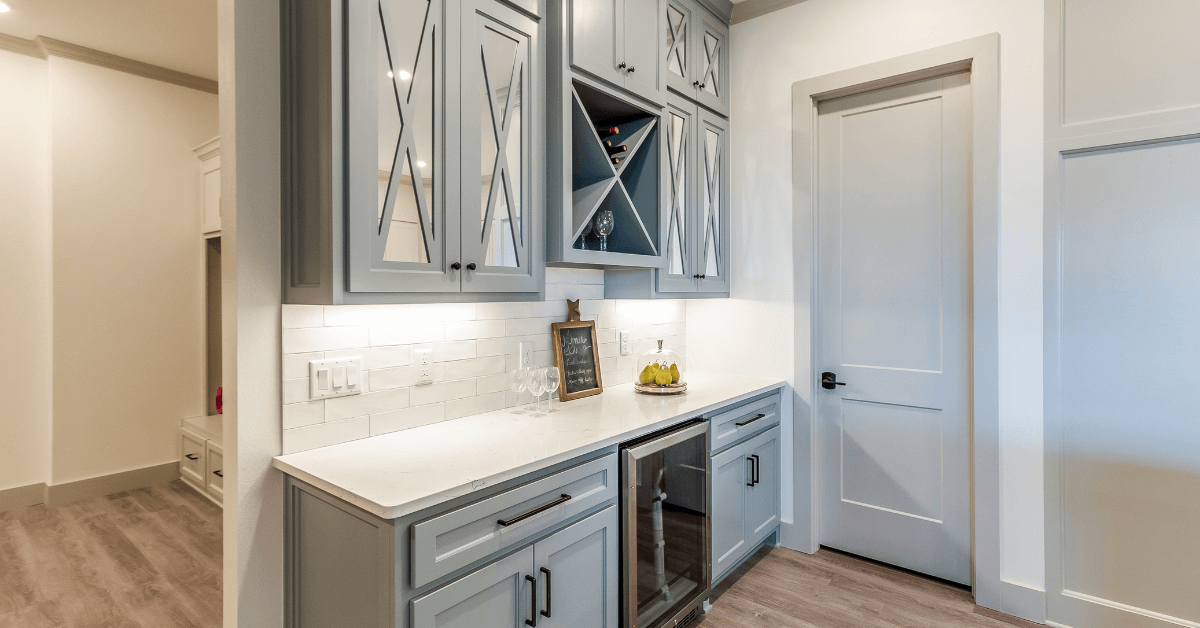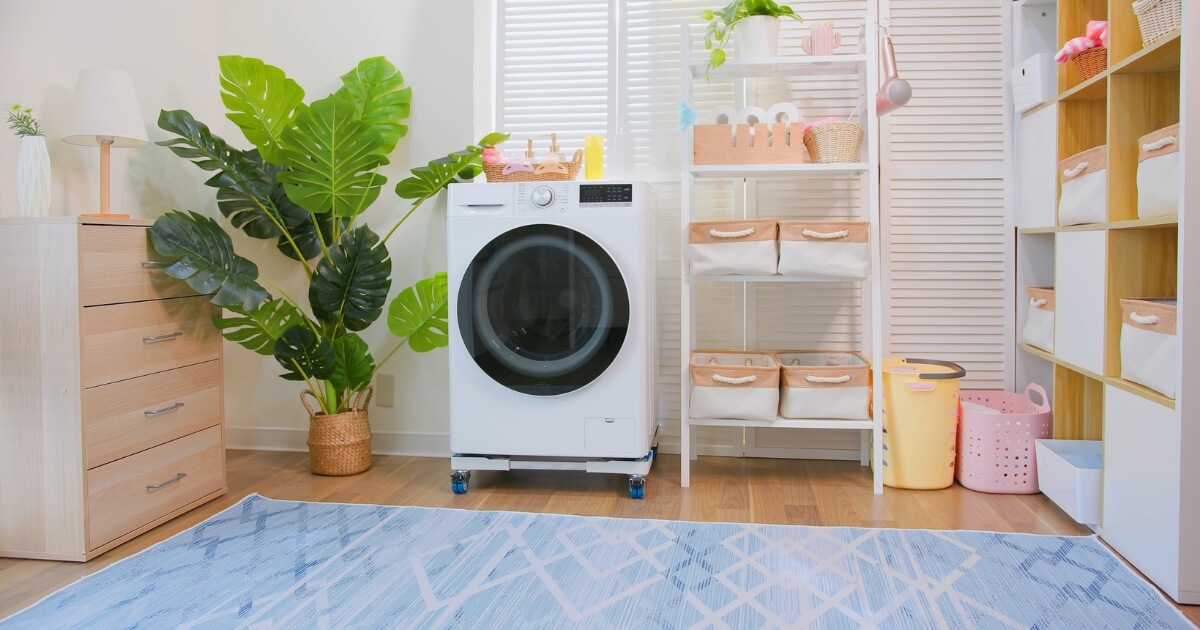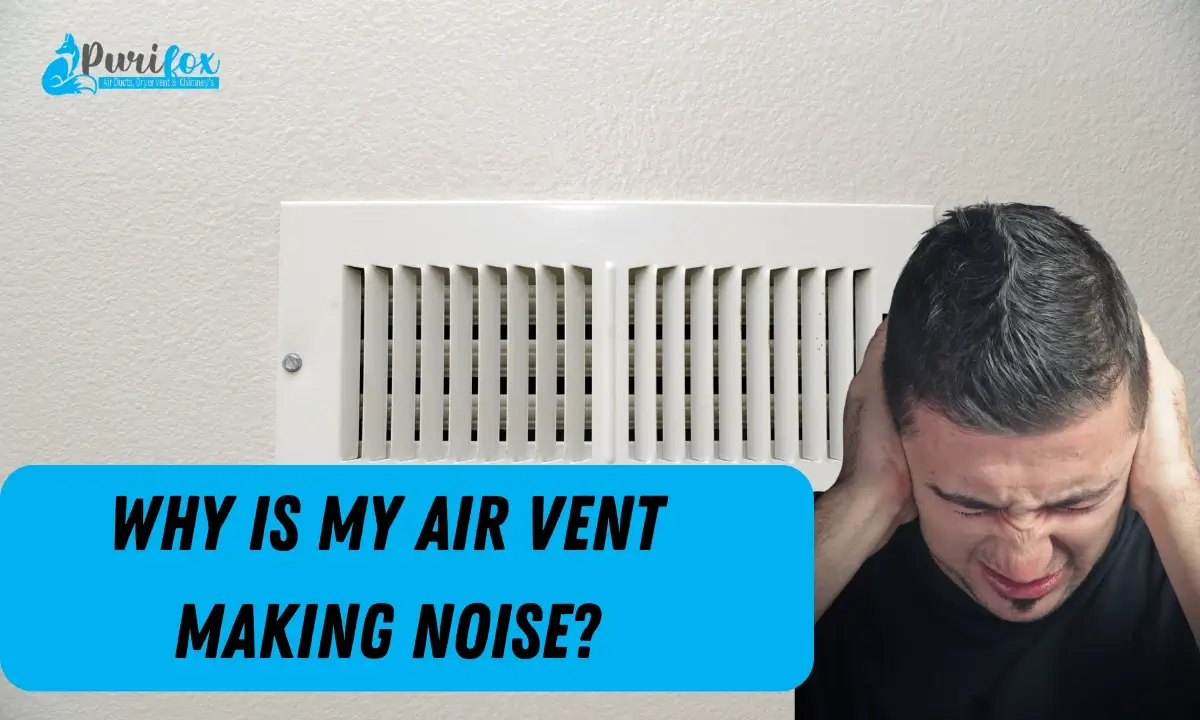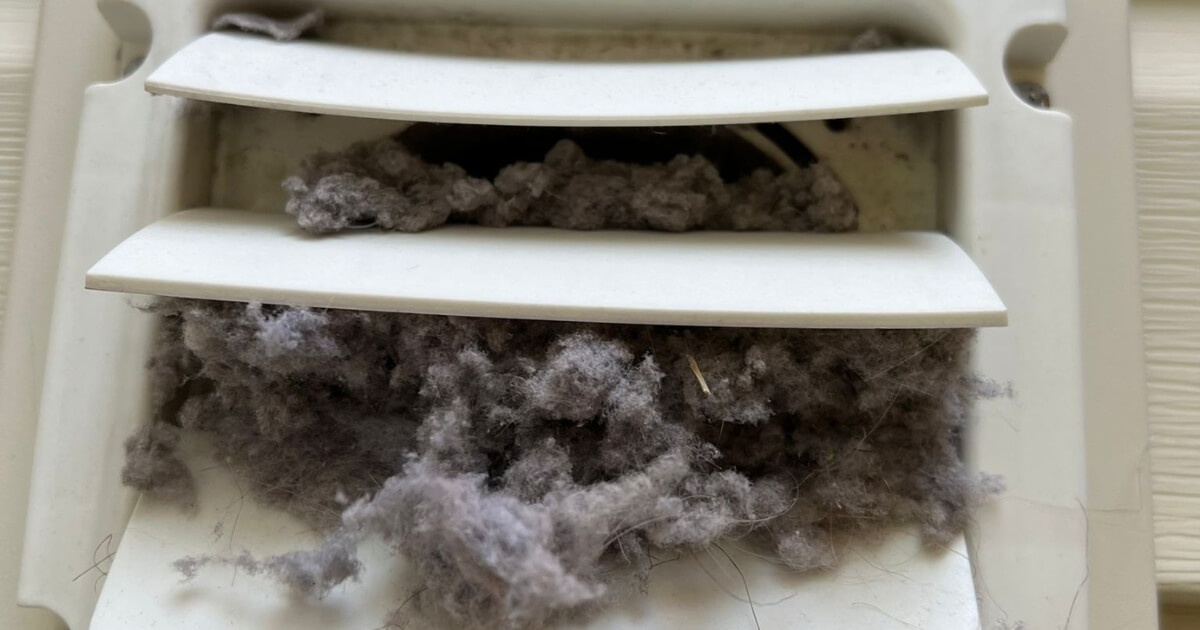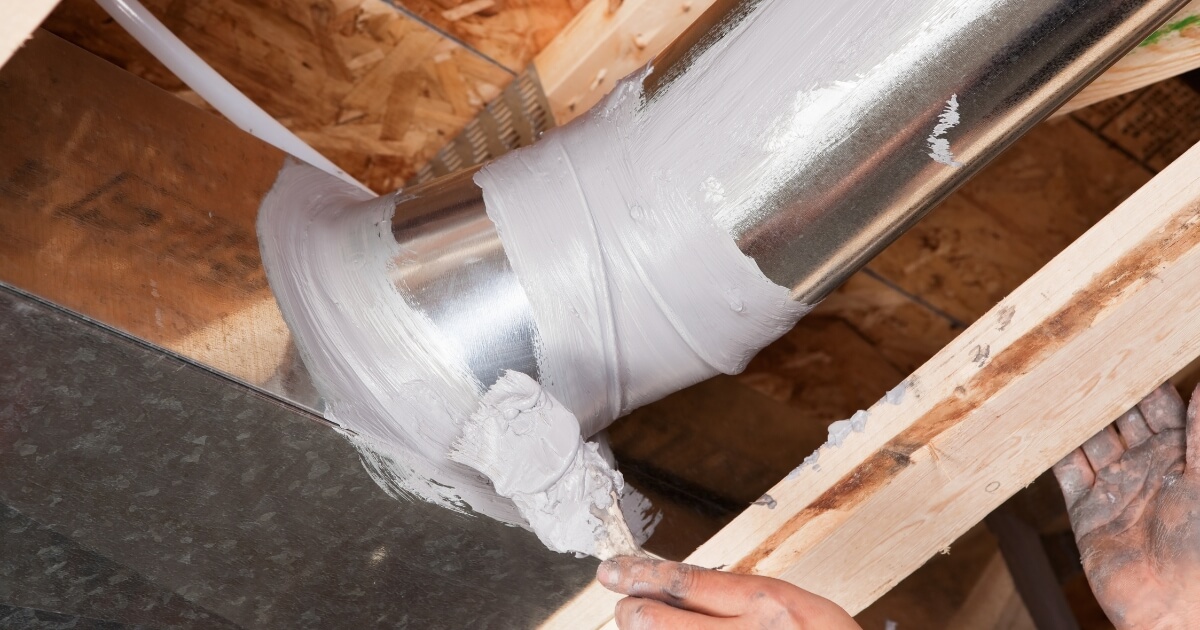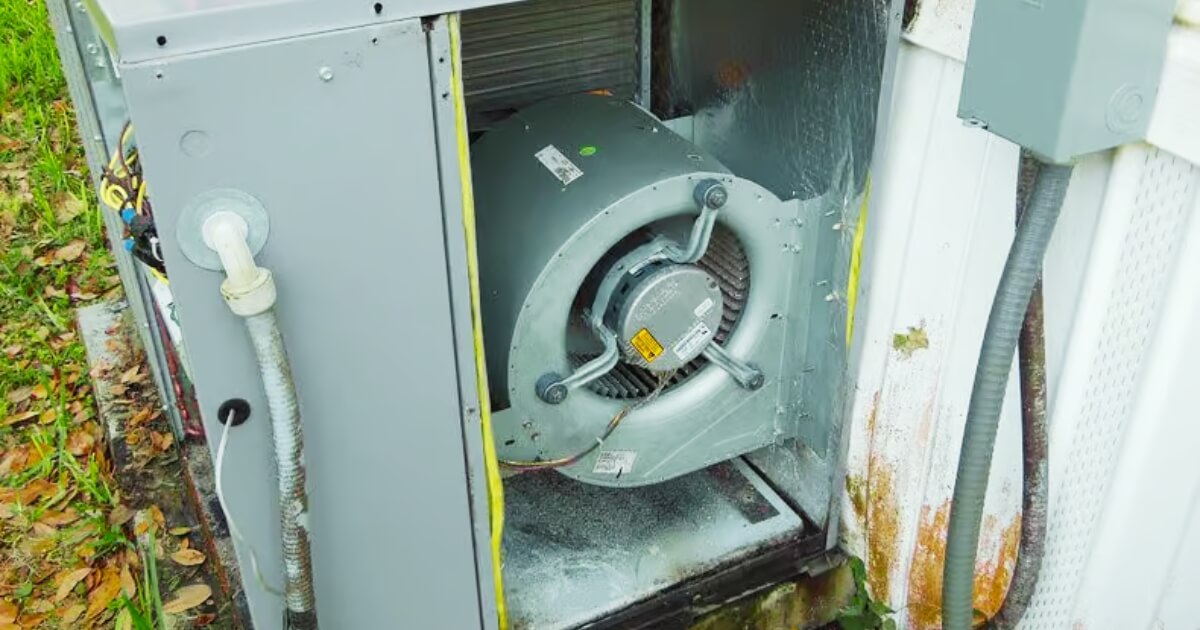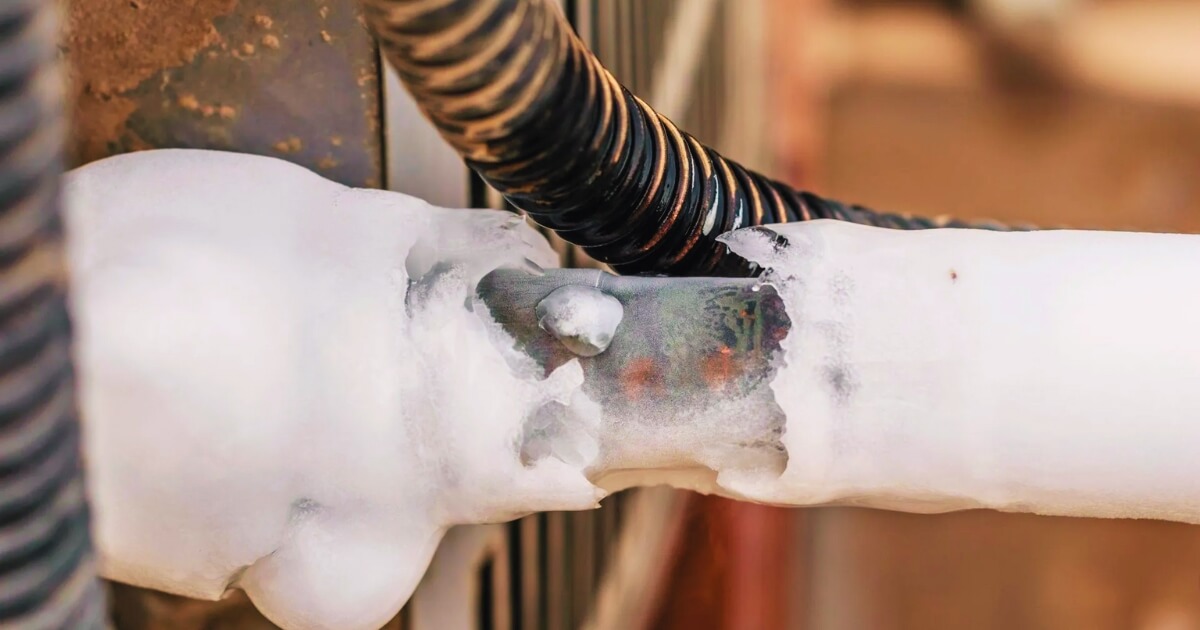Imagine your home’s air system as a secret network of tunnels that deliver the air you breathe. These tunnels, called air ducts, are essential, but sometimes they can get a bit dirty without us knowing. So, how can you tell if it’s time to clean them?
Well, in this blog post, we’re going to make it easy. We’ll chat about the little signs and hints that tell you if your air ducts could use a good cleaning.
No mysteries, just simple insights to help you keep the air in your home as fresh as a daisy. Let’s jump in and make sure you’re breathing the cleanest air possible!
9 Signs Your Air Duct Needs Cleaning
Air duct cleaning becomes necessary when the ductwork in your house gets really dirty. Imagine your house’s air system is like a big, invisible network of tubes that carry the air you breathe. Over time, these tubes can collect dust, dirt, and other stuff.
So, when should you think about cleaning these air tubes? Here are a few signs:
Visible dust and debris
When you notice an excessive amount of dust and debris gathering around your vents and registers, it’s a clear indication that your air ducts are likely clogged.
This accumulated dust and debris can significantly impact the air quality inside your home, leading to various respiratory issues and creating an overall uncomfortable living environment.
The presence of visible dust and debris serves as a crucial warning sign that your air ducts need professional cleaning to restore optimal indoor air quality and ensure a healthier home.
When Strange smells coming from your vents
If you notice strange smells coming from your vents, such as mold or mildew, it’s a sign that there’s a problem with your air ducts. These contaminants can cause allergies and respiratory infections.
Unpleasant smells not only make your home less enjoyable but could also indicate the presence of harmful substances circulating through your air, affecting your health.
Dusty Grills
One of the most obvious signs that your air ducts need cleaning is the presence of dust and debris on the grills and registers. This is because the air flowing through your ducts inevitably picks up these contaminants, which then get trapped on the grills.
If you notice a thick layer of dust on your vent covers, it’s a strong indication that your ducts are harboring a much larger accumulation of dirt and grime.
Visible mold or mildew
If you notice mold growth around your vent covers, there’s a good chance that mold is also present inside your air ducts. Mold thrives in moist environments, and the condensation that can form inside air ducts can provide the perfect breeding ground for it.
Mold spores can be harmful to your health, so it’s important to have your air ducts cleaned if you see any signs of mold growth. Mold and mildew can trigger allergies and respiratory problems, so it is important to have your air ducts cleaned if you see signs of these growths.
Poor Respiratory Health
One of the most serious consequences of clogged air ducts is poor respiratory health. When your air ducts are clogged, they can release allergens, irritants, and even mold spores into your home. These pollutants can trigger allergies and asthma attacks, and they can also cause respiratory infections.
If you are concerned about the quality of your indoor air, it is important to have your air ducts cleaned by a professional.
Professional air duct cleaning can help to improve the quality of your indoor air and reduce the risk of respiratory problems.
Allergies are worse than usual
If you or your family members are experiencing allergy symptoms that are worse than usual, such as sneezing, coughing, itchy eyes, or runny nose, it could be a sign that your air ducts are dirty & it need cleaning.
Dust mites, pollen, mold spores, and other allergens can accumulate in air ducts and get circulated throughout your home when your HVAC system is running. This can trigger allergy attacks and make it difficult to breathe.
Increasing Energy Bills
Dirty and clogged air ducts can lead to reduced efficiency of your HVAC system.
When ducts are filled with dust and debris, the system has to work harder to push air through, requiring more energy to maintain the desired temperature.
This increased workload can result in higher energy bills because the system is consuming more electricity or fuel to achieve the same level of comfort.
Pests
If you notice signs of pests, such as droppings or gnaw marks, in your home, it could be a sign that they are also living in your air ducts.
Pests can leave behind droppings, fur, and other debris that can clog your air ducts and create a breeding ground for mold and bacteria. If you suspect that you have pests in your air ducts, it’s important to have them removed by a professional pest control company.
HVAC Takes Longer Than It Used to
In addition to these signs, a noticeable increase in the time it takes your HVAC system to heat or cool your home can also be a sign that your air ducts need cleaning. Clogged air ducts can restrict airflow, forcing your HVAC system to work harder and longer to achieve the desired temperature. This can lead to higher energy consumption and reduced efficiency.
If you notice any of these signs, it’s important to have your air ducts cleaned by a professional. Regular air duct cleaning can help to improve your indoor air quality, reduce your energy costs, and extend the life of your HVAC system.
Call Purifox Today For Professional Air Duct Cleaning
Once you’ve identified the signs that your air ducts need cleaning, it’s time to call in the professionals.

Don’t let your air ducts become a breeding ground for allergens, irritants, and mold spores. Take the first step towards a healthier home environment by contacting Purifox today. We’ll schedule a convenient appointment and provide you with a free quote for our professional air duct cleaning services.
No hidden surprises! We believe in transparent communication. Before we start any work, our team will walk you through the process, explaining the steps involved and answering any questions you may have.
FAQs
How often should I have my air ducts cleaned?
The National Air Duct Cleaners Association (NADCA) recommends having your air ducts cleaned every 3-5 years, or more frequently if you have pets, allergies, or smoke in your home.
How do I clean my air ducts myself?
While you can clean some parts of your air ducts yourself, such as the vent covers and registers, it’s best to hire a professional to clean the entire duct system. Professional duct cleaners have the specialized equipment and training to safely and effectively remove dust, dirt, mold, and other contaminants from your air ducts.



